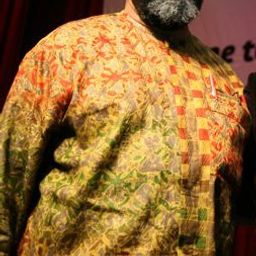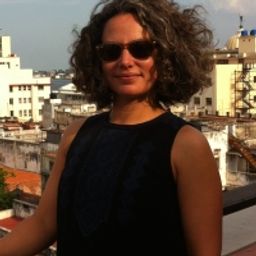
GILLOT L., MAFFI I. et TRÉMON A.-C. (dirs.), « Paysages patrimoniaux / Heritage Scapes »Volume 35, numéro 2, 2013, p. 3-29
GILLOT L. et VALLAT J.-P. (2015), « Chapitre XIV. Les enjeux de la sauvegarde des patrimoines de l’oasis de Figuig (Maroc)= Chapter 14. The territorial stakes of the safeguard of the heritage in the oasis of Figuig (Morocco) » in Nathalie Carcaud et Gilles Arnaud-Fassetta, La géoarchéologie française au XXIe siècle = French geoarchaeology in the 21st century, CNRS Editions, Paris, p. 195-203= 193-201.
GILLOT L. et DEL A. (2014), « Outils et pratiques de la gestion et de la mise en valeur du patrimoine au Maroc et à Figuig », in Vallat J.-P., (éd.), Le patrimoine marocain : Figuig, une oasis au cœur des cultures, Paris, L’Harmattan, p. 383-412.
GILLOT L. (2011), « Les dynamiques socio-spatiales de mise en valeur des sites archéologiques habités: le cas de Bosra en Syrie » dans I. Backouche, F. Ripoll, S. Tissot et V. Veschambre éd., La dimension spatiale des inégalités. Regards croisés des sciences sociales, PUR, 2011, Rennes, p.141-161.
GILLOT L. et DEL A. (2012), « Preparation and Submission of the nomination File of the Oasis of Figuig (Morocco) for inscription on the WHL : impacts and uses of a GIS », Geoinformatics, 6, 2012, p.140-149.
GILLOT L. (2010), « Towards a Socio-Political History of Archaeology in the Middle East: the Development of Archaeological Practice and its Impacts on Local Communities in Syria », Bulletin of the History of Archaeology, Vol. 20, n°1, May 2010, p. 4-15.
GILLOT L. (2011), « Socio-histoire de l’archéologie française au Moyen-Orient : Le cas de la Syrie (XXe siècle) », Les Nouvelles de l’Archéologie, 2011, 126, p.55-59.
Elementy, w których Laurence Gillot uczestniczy
sobota 4 czerwiec, 2016
wtorek 7 czerwiec, 2016
Elementy, w których Laurence Gillot attends
sobota 4 czerwiec, 2016
What if we changed our views on heritage? And if heritage has already changed? While, on the global scene, states maintain their leading role in the mobilization of social and territorial histories, on the local scale, regions, neighbourhoods and parishes have changed. Citizens and communities too: they latch on to heritage to express an unprecedented range of belongings that no law seems to be able to take measures to contain, often to the discontent of...
Most of what we experience as heritage emerges into conscious recognition through a complex mixture of political and ideological filters, including nationalism. In these processes, through a variety of devices (museums, scholarly research, consumer reproduction, etc.), dualistic classifications articulate a powerful hierarchy of value and significance. In particular, the tangible-intangible pair, given legitimacy by such international bodies as UNESCO, reproduces a selective ordering of cul...
niedziela 5 czerwiec, 2016
"What does heritage change?" is a multifaceted question to which the answer(s) are in primary respects related to real-life negotiations among different groups of citizens, cultures, races, ethnic groups, sexual identities, and social classes about received, official and/or widely accepted or accomodated intangible attributes, cultural traditions, historic monuments, buildings, and other transmitted or revived historical legacies. Heritage designated by and for whom, for what motivations, an...
poniedziałek 6 czerwiec, 2016
Le patrimoine fait aujourd’hui l’objet d’attentions autant que d’agressions et de destructions. Cela peut s’expliquer par les difficultés de son identification ou de sa conservation. Cela peut plus profondément s’expliquer parce que, dès le départ, il célébre un événement ou conserve une mémoire qui peut être ou devenir une source de dissenssions et de conflits politiques. Enfin, sa reconnaissance suscite des gains économiques pour les uns mais des pertes pour les autres. Mais peut-être...








